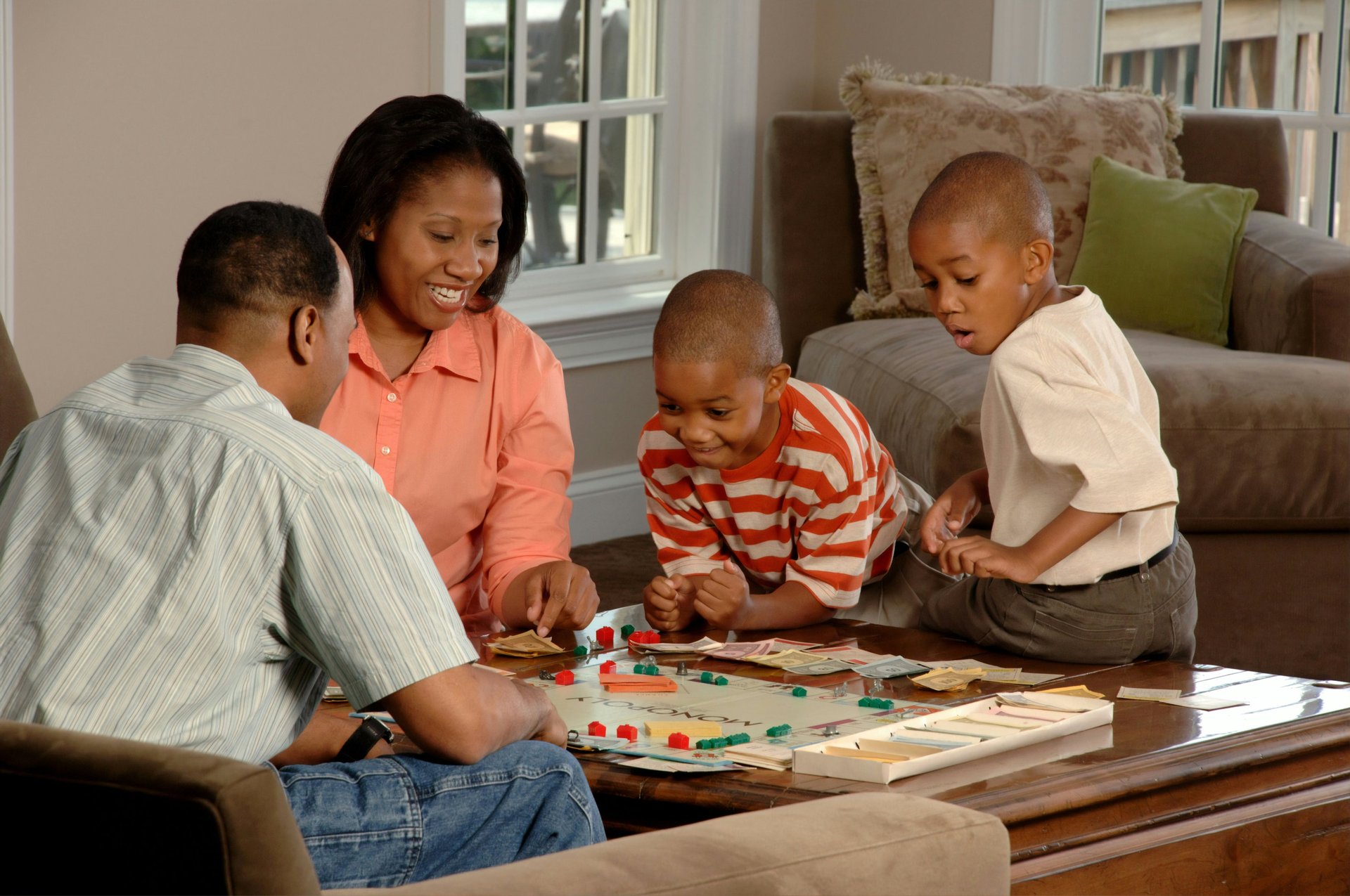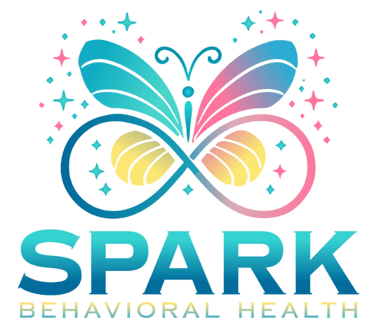
How to Get Started with ABA Therapy: Step-by-Step for Families
Learn how families can begin ABA Therapy step-by-step, ensuring personalized care and effective strategies for their child’s growth.
KIDS THERAPYPARENTS THERAPYABA THERAPY AND SERVICES
Timnit Yikealo
Learn how families can begin ABA Therapy step-by-step, ensuring personalized care and effective strategies for their child’s growth.


Caring for a child with special needs can be trying. At times, families might feel overwhelmed and lost. That’s where ABA Therapy can make a difference. ABA Therapy teaches children important skills through small, simple steps. Installation. Mastery. Then, move on to the next skill. But many parents wonder the same thing, how to start ABA Therapy.
What is ABA Therapy
ABA Therapy stands for Applied Behavior Analysis. ABA Therapy focuses on the child’s behavior to help them learn. ABA Therapy teaches good and relevant behavior and reduces bad behavior. ABA is commonly done for children with autism but can be done with many other learning and behavior needs.
Why Families Choose ABA Therapy
There are many reasons that families select ABA Therapy.
Communication skills are taught.
Basic hygiene and self help skills are developed.
Decreases anger outbursts.
Enhances learning both at home and in the classroom
Understanding the process is equally important. So, to help simplify, let’s break it down.
Step 1: Understand What ABA Therapy Is
In the beginning, it is essential to understand what ABA therapy is. Read articles, watch short videos, or talk to other parents. This can help you decide whether it is the right therapy option for your child.
Talk to the child’s doctor or educator for further guidance since they may provide insight based on the child’s requirements.
Step 2: Get a Diagnosis (If You Don’t Have One)
Diagnosed children may require a diagnosis to begin ABA services. This is usually a diagnosis such as autism or a developmental delay. These diagnoses can be made by a child clinical psychologist, pediatrician, or a relevant specialist after conducting tests and observational assessments.
While support can be accessed without a diagnosis, having one often simplifies matters with insurance and planning.
Step 3: Look Over Your Insurance or Budget
Fees can spiral out of control for services like ABA therapy. So double check your insurance policy first. Many insurance plans will provide coverage for ABA therapy under the condition that there is a diagnosis. Calling your insurance provider, you can ask:
Is ABA therapy covered under the policy?
Is a referral necessary?
Is there a limit on the weekly coverage hours?
For people not under coverage, local programs or government assistance can sometimes help. A few families prefer paying out of pocket, and some look for services on a sliding fee scale.
Step 4: Look for a Therapist or a Center
It is now time to look for a good ABA therapist or Center. It is very imperative to look for people like:
Having qualifications in ABA
Being warm and gentle
Ability to adapt to the child’s specific needs.
Ask every possible question that comes to your head before starting therapy. A few of the possible ones include:
Can you walk us through a standard session?
How does one set the goals?
How does the program engage families in the therapy?
Choosing the right therapist takes time, and it is well worth the effort, as the right match will help greatly in achieving progress.
Step 5: Beginning with Assessment
Any provider you select will start with an assessment. This is to say that the therapist will spend some time interacting with your child and observing them. They will gather information through conversations with you as well.
The aim is to capture your child’s unique skills and areas where they may need extra help. The therapist develops a specific therapy plan tailored towards your child’s unique needs.
Step 6: Assess and Evaluate
The therapy plan will identify specific areas your child will focus on along with the duration and frequency of sessions.
Outline the following:
- What your child will work on
- Number of therapy hours allocated every week
- Progress milestones for the upcoming months
This is a collaborative process, so feel free to ask as many questions as you need.
Step 7: Commence Therapy Sessions
This section details your child’s initiation and consistency to attending therapy sessions. They may learn at home, at a therapy center, or at school. The duration of each therapy session is determined by the treatment plan.
In the beginning, learning may seem slow as your child works to grasp the concepts presented. However, as they continue to grasp new concepts, tangible milestones will be achieved consistently.
Step 8: Stay Engaged
Feeling engaged and supported by the entire family accelerates learning. Work with the therapist to learn effective skills and strategies to reinforce therapy sessions.
Ways To Stay Involved:
Attend scheduled sessions with the therapist
Request to send feedback
Reinforce techniques at home such as self-care routines or turn-taking
Step 9: Start Tracking Change
With time, gradual changes will emerge. Perhaps your kid is using more words, following additional rules, or experiencing fewer tantrums. Celebrate the milestones, both big and small.
With time and consistency, changes will emerge. Initially, things may feel stagnant, but over time improvement will be visible.
Step 10: Modify Plans as Necessary
With time, your child will have evolving needs, as this is part of natural development. This is common and healthy as the therapist will likely revise the intervention plan to be refridged every few months. Discuss intended new milestones and areas to focus on.
If things feel off, and boundaries are being crossed, have the courageous conversation. You are the best advocate for your child.
The Impact of ABA Therapy on Family
With the support of ABA, the whole family unit is positively impacted, not just the child. Parents are taught to cope with challenging times. Siblings feel included. A more idyllic family dynamic is established.
With so many families already sharing this journey, you are not alone. Finding hope and help through ABA is real, with many families experiencing this.
Frequently Asked Questions
1. How long does it take to start ABA therapy?
This is dependent on location, paperwork, and scheduling. Some families start within weeks, while others may take longer. Whatever the case, it is important to start the process as early as possible.
2. Is it possible to do ABA therapy at home?
Yes. Many therapists provide home-based sessions. You can also learn some simple techniques to apply throughout the day.
3. Is ABA therapy only for autism?
No. It is most often used for children with autism, but ABA can also assist children with speech delays, behavioral concerns, and other learning challenges.
4. How many hours of ABA does my child need?
Every child is unique. Some may require 10 hours per week while others may need 20–40. A therapist will determine the hours based on the child’s requirements.
5. What if my child doesn’t like therapy at first?
That's perfectly fine. Many people face difficulties embracing new things. In this case, it’s important to give it some time. The therapist will take gentle, gradual steps to help build comfort and trust.
Conclusion
Starting ABA therapy may seem like an overwhelming first step at the beginning of the journey. However, taking it step by step simplifies the process. Every step, from learning about ABA, to finding a provider, to seeing your child develop, fills you with hope.
The beginning of ABA therapy is not the only focus. The focus of therapy is to improve your child’s quality of life. With the right approach, your child can truly thrive.
Recent Posts
Receive the latest news in your email


